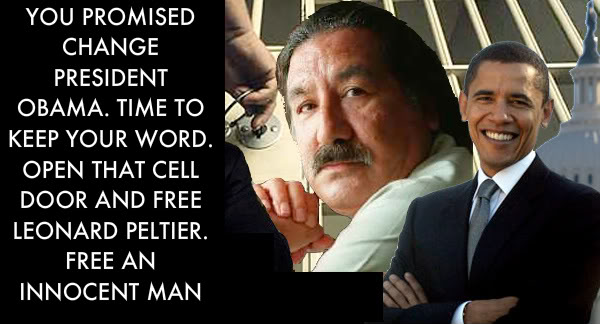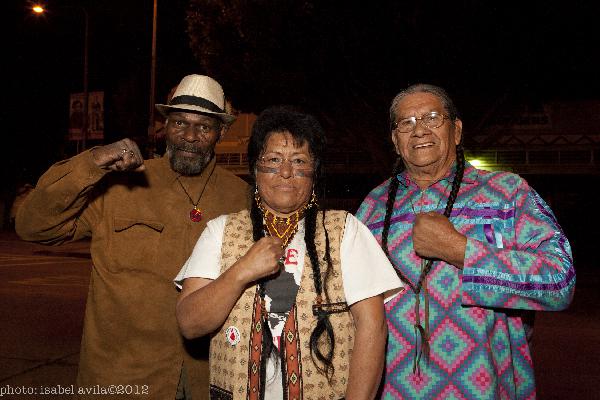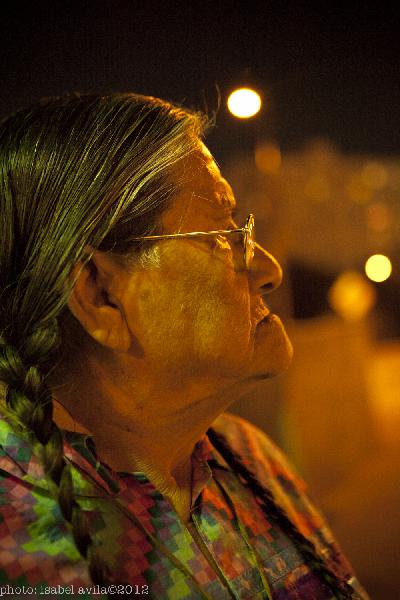| About Us | Contact Us | Calendar | Publish | RSS |
|---|
|
Features • latest news • best of news • syndication • commentary Feature Categories IMC Network:
Original Citieswww.indymedia.org africa: ambazonia canarias estrecho / madiaq kenya nigeria south africa canada: hamilton london, ontario maritimes montreal ontario ottawa quebec thunder bay vancouver victoria windsor winnipeg east asia: burma jakarta japan korea manila qc europe: abruzzo alacant andorra antwerpen armenia athens austria barcelona belarus belgium belgrade bristol brussels bulgaria calabria croatia cyprus emilia-romagna estrecho / madiaq euskal herria galiza germany grenoble hungary ireland istanbul italy la plana liege liguria lille linksunten lombardia london madrid malta marseille nantes napoli netherlands nice northern england norway oost-vlaanderen paris/Île-de-france patras piemonte poland portugal roma romania russia saint-petersburg scotland sverige switzerland thessaloniki torun toscana toulouse ukraine united kingdom valencia latin america: argentina bolivia chiapas chile chile sur cmi brasil colombia ecuador mexico peru puerto rico qollasuyu rosario santiago tijuana uruguay valparaiso venezuela venezuela oceania: adelaide aotearoa brisbane burma darwin jakarta manila melbourne perth qc sydney south asia: india mumbai united states: arizona arkansas asheville atlanta austin baltimore big muddy binghamton boston buffalo charlottesville chicago cleveland colorado columbus dc hawaii houston hudson mohawk kansas city la madison maine miami michigan milwaukee minneapolis/st. paul new hampshire new jersey new mexico new orleans north carolina north texas nyc oklahoma philadelphia pittsburgh portland richmond rochester rogue valley saint louis san diego san francisco san francisco bay area santa barbara santa cruz, ca sarasota seattle tampa bay tennessee urbana-champaign vermont western mass worcester west asia: armenia beirut israel palestine process: fbi/legal updates mailing lists process & imc docs tech volunteer projects: print radio satellite tv video regions: oceania united states topics: biotechSurviving Citieswww.indymedia.org africa: canada: quebec east asia: japan europe: athens barcelona belgium bristol brussels cyprus germany grenoble ireland istanbul lille linksunten nantes netherlands norway portugal united kingdom latin america: argentina cmi brasil rosario oceania: aotearoa united states: austin big muddy binghamton boston chicago columbus la michigan nyc portland rochester saint louis san diego san francisco bay area santa cruz, ca tennessee urbana-champaign worcester west asia: palestine process: fbi/legal updates process & imc docs projects: radio satellite tv |
printable version
- js reader version
- view hidden posts
- tags and related articles
International Day of Solidarity with Leonard Peltier: Clemency Now!by RP, event photos by Isabel Avila Monday, Feb. 13, 2012 at 5:00 PM“It was wonderful to see people going out of their way to participate in these events. I believe we definitely need to continue to educate people, especially young people, as to who Leonard Peltier is. I think there's a concentrated effort made by various governments for us to forget who he is. . . . [P]eople also need to put more pressure on President Obama, put more pressure on the U.S. government for his release." -- Corine Fairbanks of AIM (American Indian Movement) Southern Cal
Saturday February 4, 2012* was an international day of solidarity for political prisoner Leonard Peltier. A call was put out for demonstrations in front of federal buildings world-wide. Such an event occurred here in Los Angeles in the proximity of the downtown Federal Building and was well-attended.
Leonard Peltier, who has been wrongfully imprisoned for 35 years, has received little exposure in the mainstream media. However, various documentaries have been made about him. Arguably, one of the better and more accessible ones (especially for those unfamiliar with Peltier's situation) is Warrior: The Life of Leonard Peltier by Suzie Baer, which was screened here in Los Angeles in 2009 (and previewed here on LA IndyMedia). Another informative movie about Peltier is Incident at Oglala by Thunderheart director Michael Apted and producer Robert Redford, which can be viewed here. Peltier's case is also discussed here: The following is a summary of Peltier's case by The Leonard Peltier Defense Offense Committee: “U.S. prosecutors knowingly presented false statements to a Canadian court to extradite Mr. Peltier to the U.S. The statements were signed by a woman who was forced by FBI agents to say she was an eyewitness. The government has long since admitted that the woman was not present during the shootings.
“Meanwhile, in a separate trial in Cedar Rapids, Iowa, Mr. Peltier's co-defendants were acquitted by reason of self defense. Had Leonard been tried with his co-defendants, he also would have been acquitted.
“Unhappy with the outcome of the Cedar Rapids trial, prosecutors set the stage for Mr. Peltier's conviction. His trial was moved to an area known for its anti-Indian sentiment--Fargo, North Dakota. The trial judge had a reputation for ruling against Indians, and a juror is known to have made racist comments during Mr. Peltier's trial.
“FBI documents prove that the U.S. government went so far as to manufacture the so-called murder weapon, the most critical evidence in the prosecution's case. A ballistics test proved, however, that the gun and shell casings entered into evidence didn't match. The FBI hid this fact from the jury. Mr. Peltier was convicted and sentenced to two consecutive life terms. According to court records, the United States Attorney who prosecuted the case has twice admitted that no one even knows who fired the fatal shots.”
**** “He's been in prison for over 30 years for a crime that he did not commit; his health is extremely bad,” said Corine Fairbanks of AIM (American Indian Movement) Southern Cal, who was involved in two of the three events on February 4. “Former President Clinton gave all these signs that he was going to give clemency to Leonard Peltier, but, of course, as usual he retracted, probably based on pressure from the FBI. So Leonard Peltier rots in prison.” Fairbanks estimated the turnout for the demonstration and prayer circle in downtown to be 20-30 people. Participants included representatives of various AIM chapters and Brown Berets. “It wasn't really in front of the Federal Building because it's all boarded up, I assume because of the Occupy L.A.,” she continued. “It was actually off of Spring Street: Aliso and Los Angeles, right as you get onto the freeway. . . . People were honking in support, so it seemed like they were getting the message. She noticed, too, that pedestrians stopped and talked to the demonstrators. “Considering where we were that was pretty good. “It was wonderful to see people going out of their way to participate in these events. I believe we definitely need to continue to educate people, especially young people, as to who Leonard Peltier is. I think there's a concentrated effort made by various governments for us to forget who he is. When I say educate, I'm saying that people need to be aware of not only who he is and the sacrifice he and his family have made being that he's a prisoner of war, but people also need to put more pressure on President Obama, put more pressure on the U.S. government for his release. When you have people like 'Squeaky' [Lynette “Squeaky” Fromme, who tried to assassinate President Ford was released the same week in 2009 that Peltier was denied parole] released and even admitted to doing the crimes, and yet you have this guy who wasn't even charged with murder, it was more like aiding and abetting a murder that he didn't even commit. “Not only that, the person that we are speaking about has been nominated for Nobel Peace Prizes, has been internationally known to be a peaceful activist, and yet he's not even given the right to go home to his family?” As another example of America's inverted “justice” system, especially in regards to indigenous people, she mentioned the recent killing of two-year-old Naomi Whitecrow by a foster parent in Oklahoma. “Her foster mother killed her, she gets no time served, but then the [real] mother is picked up for having less than an ounce of marijuana and is sent to 10 years in prison. These are just crazy, crazy examples of our justice system and how it represents the Native American people.” ( More on Naomi Whitecrow here.) Three lithographs of Leonard Peltier paintings done in prison. (They were sold by supporter Ben Carnes to help in the Cobell Case .) Other of Peltiers paintings raise money for charitable causes, such as educational supplies (e.g., computers and books) for families and libraries at Pine Ridge. Another of his paintings, "Grandma Jumping Bull," can be seen here (scroll down a ways). In regards to Peltier and other political prisoners, Fairbanks mentioned another event AIM Southern Cal is involved with, Jericho Amnesty Movement, February 18-19 (more here and here). “Again, there needs to be more dialog. All of these movements that are focusing on different political prisoners need to come together, we need to move forward. The Chicano Indigenous Movement needs to become more inclusive, more embracing; indigenous people need to realize that we are all one when it comes to our struggles and our issues--not in our nations. The diversity in our nations is beautiful and wonderful, and that needs to be celebrated and definitely kept distinct but in our issues we need to come together and put pressure on the powers that be because we outnumber them! And there's so much power in numbers when it comes to our issues.” Fairbanks has also pointed out that money being spent on New Age appropriation of Native American culture, ceremonies, and sacred objects should be going instead to helping Native American communities and causes like Peltier's defense. From her recent statement regarding The Leonard Peltier Walk for Human Rights: “Then there are costume companies and clothing companies, that capitalize on cheap imitations of Native American regalia. You know the kind I am talking about, the “Native Poca-Hottie” Halloween costumes that non-Natives seemed determined to wear. Even famous actresses wearing cheap mock war bonnets think it is chic and sexy. Here again, how much of the profits go back to Native people?
“All of the billions of dollars generated by both of the above business ventures and nothing comes back to our Native communities. No funding comes back to our food and Social Service programs, veteran programs, let alone to Leonard Peltier and his defense committee and legal fund. Our communities are in need of funding; whether they be in an urban setting struggling with poverty, or with our relatives still back in our homelands, some of them freezing to death because they can not afford to buy heat for their homes.” ----- *February 4 being near the anniversary of Peltier's arrest: February 6, 1976
Report this post as:
Event organizers Warrior Woman (center) and Ernie Peters (right) and participantby RP, event photos by Isabel Avila Monday, Feb. 13, 2012 at 5:00 PM
Picture by Isabel Avila (www.isabelavila.com)
Report this post as:
Co-organizer Ernie Peters at Leimert Parkby RP, event photos by Isabel Avila Monday, Feb. 13, 2012 at 5:00 PM
Picture by Isabel Avila (www.isabelavila.com)
Report this post as:
|






